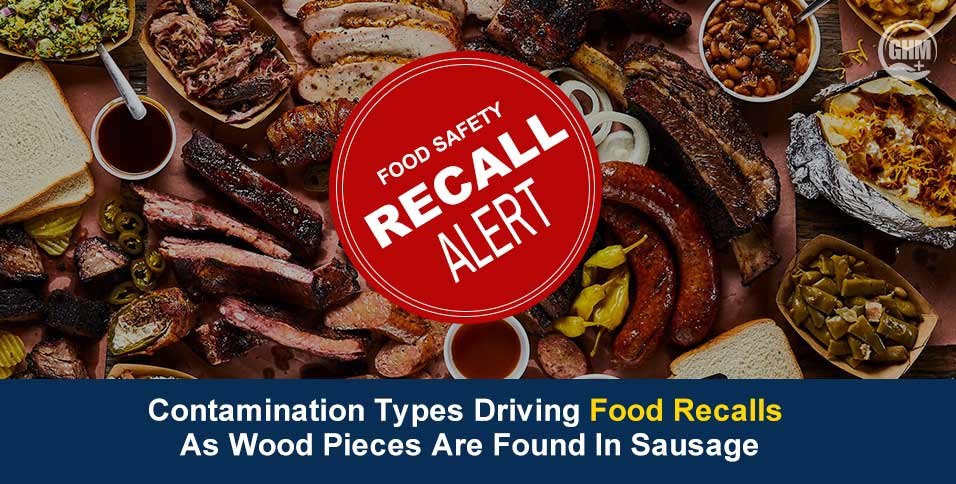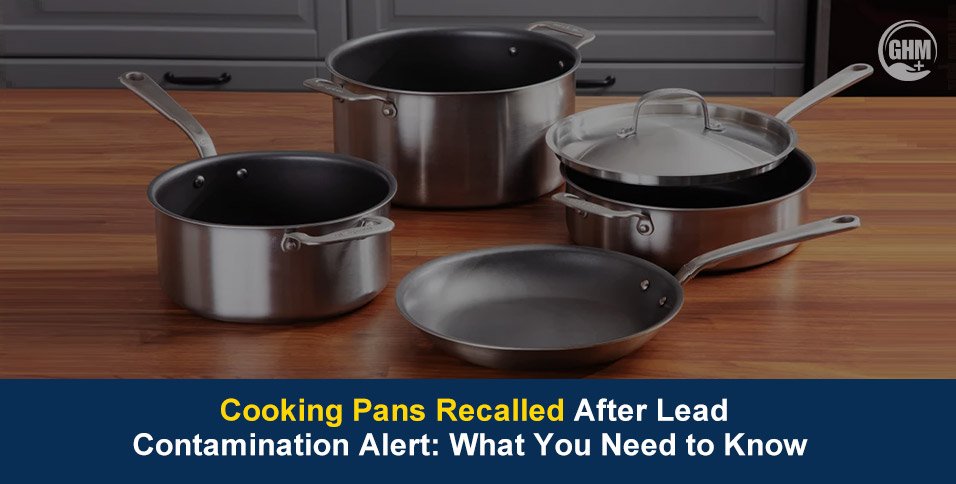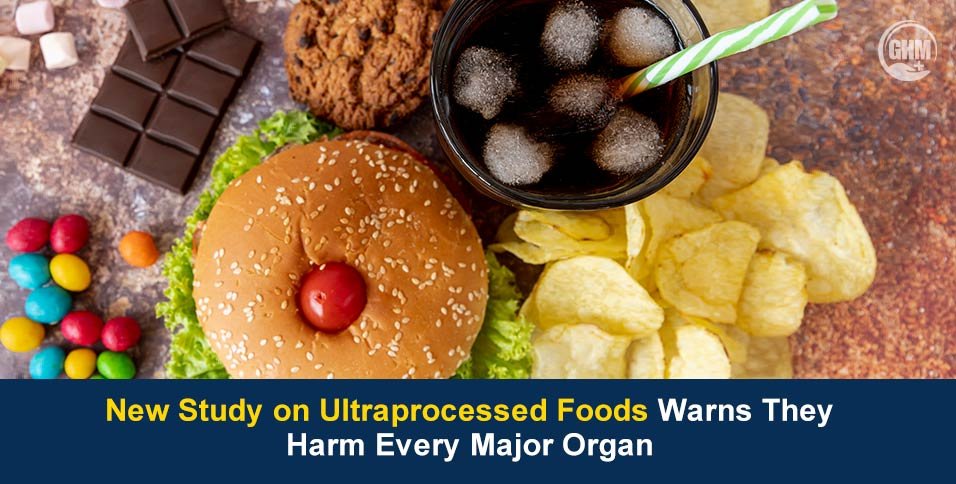About 58 million pounds of corn dogs and sausage-on-a-stick products have been recalled after reports that bits of wood may be embedded in their batter, causing injuries to at least five consumers. This is the latest example in a growing trend of food recalls tied to foreign object contamination, shedding light on how food recalls have become increasingly frequent.
The types of contamination behind these recalls are also evolving. Consumers now face a broader range of risks, from foreign objects in processed foods to chemical adulterants and microbial threats. This article examines the current food recalls trends, highlighting which contamination types are surfacing more often, why they happen, and what you can do to stay safer.
Top Contamination Types Driving Food Recalls
1. Foreign Objects (Wood, Metal, Plastic)
One of the most startling trends in food recalls is the return of foreign-object contamination. For example, nearly 58 million pounds of corn dogs and sausage-on-a-stick products were recently recalled due to potential wood pieces in the batter.
Separate recalls have involved metal fragments in snack sticks and plastic shards in frozen meals. Such recalls underscore that even heavily processed foods are not immune to mechanical or material failures during manufacturing, packaging, or transport.
2. Microbial Contamination (Listeria, Salmonella, E. coli)
Another dominant category is microbial hazards. Ready-to-eat meat and poultry products are frequently pulled over Listeria detection. Past outbreaks tied to E. coli in salad leaf and wrap products also prompted large-scale recalls.
These pathogens often survive low temperatures or appear after cross-contamination in facilities, making them especially difficult to control in foods that do not require cooking before consumption.
3. Heavy Metals & Toxins
Lead contamination has triggered several spice and smaller recalls. One recent example involved ground cinnamon from 11 brands being recalled due to dangerously elevated levels of lead.
Additionally, there is growing concern over radioactive contamination. In one case, frozen shrimp products were recalled over suspected contamination with caesium-137.
Though rare, such cases show the expanding spectrum of hazards that prompt recalls.
4. Undeclared Allergens & Labelling Errors
Recalls for undisclosed allergens remain a persistent trend. Manufacturers sometimes fail to include or properly label ingredients like milk, nuts, or soy. This is especially dangerous for allergy sufferers.
Labelling failures where the allergen is present but not declared often lead to class-action lawsuits and reputational harm in addition to the immediate safety risk.
5. Chemical Adulteration & Illegal Additives
In some markets, chemical adulteration (e.g. industrial dyes, preservatives, illegal pesticides) drives recalls. For instance, Taiwan faced a major scandal when chilli powder was contaminated with Sudan Red, a carcinogenic dye banned for food use.
Such cases show that contamination isn’t always accidental; sometimes it’s a result of cost-cutting or illicit practices, making regulation and testing more crucial than ever.
Why Are These Trends Rising?
1. Complexity & Scale of Global Supply Chains
As raw materials, spices, and intermediate ingredients move across multiple borders, the risk of contamination increases. A single threat like wood in a packaging line can ripple through global distribution and cause huge recalls.
2. Improved Testing and Detection
Modern labs have better detection methods (e.g. DNA sequencing, metal detectors, radiological assays). Problems once hidden are now uncovered sooner, leading to more recalls. The same improved detection contributes to the higher visibility of recalls.
3. Tighter Regulations & Public Awareness
Regulators are demanding stricter standards, and consumer pressure is rising. Manufacturers are under higher scrutiny, so even small contamination events may lead to recalls to preserve public trust.
4. Ageing or Under-Maintained Equipment
Foreign-object contamination often arises from faulty or worn factory machinery, such as loose screws, degraded plastics, and broken wood parts. Without adequate maintenance, these failures become a recurring cause in food recalls.
Conclusion
The landscape of food recalls is evolving. In 2025, we’re seeing not just microbial threats, but more diverse contamination, from wood and metal to radioactive elements and undeclared allergens. Manufacturers must invest in tighter preventive measures, from equipment maintenance to supply chain auditing. Regulators should continue expanding testing requirements and transparency.
For consumers, vigilance matters. Staying informed about food recall trends and taking swift action when recalls affect your purchases can protect their health and help reduce the impact of future recalls on public trust.



















